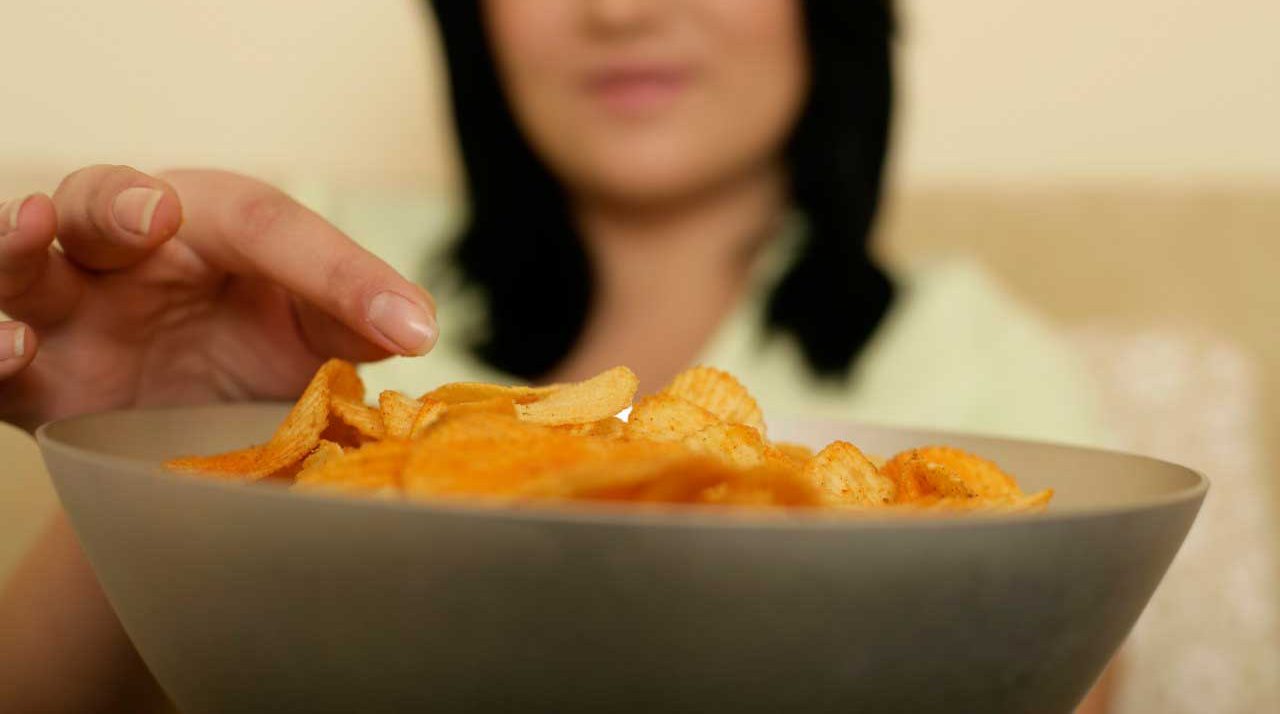February 02, 2018
Is Your Cupboard Slowly Killing You?

I’m a bit of a gym rat — always have been. I half-jokingly tell people that one of the best things about the University of Georgia, my alma mater, was the free state-of-the-art exercise facilities on campus. A 45-minute workout in between journalism and French classes was a great way to kill time and assuage my conscience after consuming copious amounts of carbs (and a little bit of beer) the night before.
My eating and drinking habits have improved since graduation oh so many years ago, though my gym routine has remained the same. A typical week sees me visiting my local Y three to five times, depending on whether my tennis league is in play, too. Sitting in front of a computer all day definitely gives me impetus to get up and exercise whenever the opportunity presents itself.
My typical workouts are fairly ho-hum — 20 minutes or so of cardio, then 25 to 30 spent weight training specific body parts. (I’m actually kind of a lazy gym rat, given that I start getting bored after about 45 minutes.) My most recent workout, however, was anything but typical. I had ventured over to the ab mats to do my typical five-minute routine when I overheard two girls chatting about vending machines at their high school.
“I swear,” said one, “I really want to put a big, anonymous sign on our vending machines telling people how bad processed foods and sodas are. I mean, people just don’t realize how terrible sugary drinks and pre-packaged foods can be!”
“You should totally do it,” her friend replied with a conspiratorial giggle.
I’ll never know if the local high school’s vending machines were attacked by these renegade nutritionists, but the girls’ comments definitely got me thinking about my daily Diet Coke routine and the love my family has for Pringles. Coincidentally, my daughters came home from school a day later spouting statistics from Children’s Healthcare of Atlanta related to the amount of sugar in sodas, and how we all needed to be eating more fruits and veggies and less junk food. (CHOA has a great health and wellness program they bring to local schools.)
I did a little digging and discovered that there are 39 grams of sugar in a can of soda — the equivalent of 10 sugar cubes! (Check out SugarStacks.com to see how much sugar is in your favorite drinks and edibles.) My real moment of truth came when I opened up my pantry and took a long, hard look at the amount of processed foods inside — cookies, crackers, chips, popcorn, granola bars … thankfully the list doesn’t go on too much longer. I wondered, is my cupboard slowly killing me and my family? Has our love for packaged foods begun to take its toll? What would the repercussions be? How could I put my family back on the straight and narrow path of healthy yet still tasty foods?
Further digging helped me uncover these wake-up calls:
- Too many sugary (real or fake) drinks can lead to excess weight gain and a greater risk of developing cardiovascular disease and type 2 diabetes.
- Five percent of the U.S. population consumes at least four cans of soda per day — a statistic that directly correlates with our nation’s obesity problem.
- New Zealand has banned the sale of sugary drinks in its hospitals as part of its FIZZ initiative to combat obesity, which leads to lifelong healthcare complications and skyrocketing treatment costs.
Processed foods are also high in sugars, and lead to the same health problems. As the ingredients label of any pre-packaged snack will tell you, processed foods typically contain some very unnatural ingredients like preservatives, colorants, flavoring, and texturants.
I’m willing to bet that most of this information isn’t new to you. Like me, you often go to the store with the best of intentions, piling your cart high with fresh fruits and vegetables to counter the effects of those “fruit” snacks your kids love. It’s hard to work these types of nutritional bombshells out of our daily routines. What’s a woman to do?
First, don’t freak out. Just because it’s processed doesn’t mean it’s bad for you. Check your labels and look at sugar content and the number of ingredients that you actually recognize as true food. Second, pick your battles. We allow ourselves certain processed “treats,” but only after we’ve consumed a good dose of our favorite fruits. Third, be realistic. While I’m not a huge soda drinker, I do like a Diet Coke around 4 p.m. every day, and so I switched to the petite cans instead of the typical 12 ounces. Fourth, give yourself some time to make this adjustment. Eating better starts with shopping better, so take the time to educate yourself on ingredients and new recipes. As my family will tell you, phasing out processed sugar is much easier than going cold turkey. Good luck!


